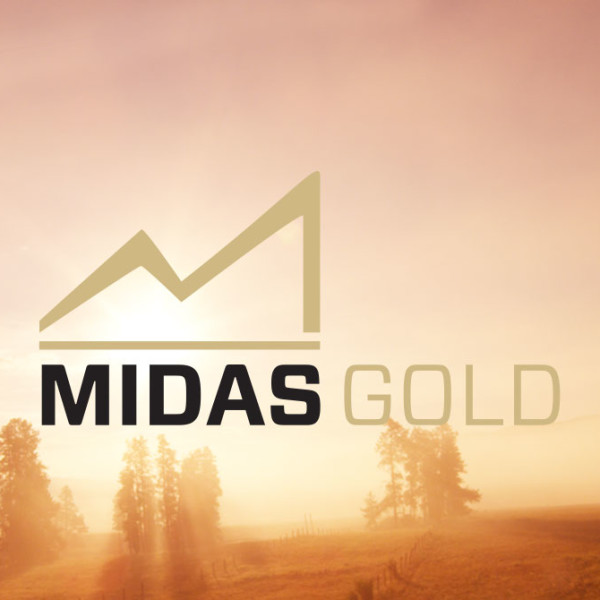Published on September 29, 2020
Midas Gold must obtain more than 50 permits from federal, state and local regulatory entities relating to air and water quality, fisheries, wildlife and cultural resources. Applications for each of these permits requires a rigorous process of data collection and analysis to demonstrate that we will operate within the bounds of applicable laws, rules and regulations. Right now, we are working with the Idaho Department of Environmental Quality to obtain a permit to construct.
This blog is designed to provide you more information on this particular permit and how you can get involved in the current comment period if you are interested.
What is a Permit to Construct?
The Idaho Department of Environmental Quality (DEQ) requires a new or modified source of air pollution to obtain a permit to construct (PTC) before it begins construction unless it is exempt. The purpose of an air pollution control permit is to establish enforceable conditions that ensure that facilities comply with applicable state and federal air pollution control rules that protect air quality and public health.
When and why did Midas Gold apply for its PTC?
In August 2019, Midas Gold Idaho, Inc. (Midas Gold) submitted the initial application to obtain a PTC for the proposed Stibnite Gold Project (SGP) to DEQ. The SGP is a proposed gold mining and refining facility in the historical Stibnite-Yellow Pine mining district in Valley County, in central Idaho. The SGP will be a stationary source of air emissions and triggered the PTC requirements. On September 10, 2020, DEQ issued a draft PTC for the proposed SGP facility. The PTC limits the emissions from proposed mining (drilling, blasting, material extraction, etc.), ore and lime processing (crushing, screening, grinding, handling, etc.), ore concentration and refining (pressure oxidation, electrowinning, retort, furnace, etc.), and ancillary equipment (aggregate and concrete production, process and building heaters, emergency equipment, etc.) at the SGP.
What is included in the PTC?
The SGP PTC identifies the proposed sources/activities with the potential to emit air pollutants and establishes enforceable activity-specific operational limits, air pollution mitigation and control requirements, and air pollutant emission limits. The PTC also provides enforceable monitoring, source testing, recordkeeping, and reporting requirements for SGP to demonstrate compliance with the applicable requirements.
How does DEQ know the PTC reflects the correct emissions and activities of the SGP?
The PTC application was developed based on conservatively high projections of production and activity rates for the SGP, resulting in conservatively high potential emissions to review in the DEQ PTC process. For example, a maximum daily mine production rate of 180,000 tons per day was used to estimate the SGP’s potential emissions and resulting air quality impacts. This production rate is more than 50 percent higher than the peak actual mine production rate on an annual basis expected during the life of mine. The projected emissions in the PTC application are conservative, meaning actual emissions and related air quality impacts are expected to be lower than presented in the PTC.
Is the SGP a major source?
No, for PTC purposes and based on the maximum potential emissions estimated for the SGP facility, the SGP is classified as a “synthetic minor” facility for the criteria pollutants. The SGP Hazardous Air Pollutant (HAP) emissions are also less than the major source thresholds, and therefore the SGP is classified as an “area” source for HAP emissions. Limits on emissions also establish that the SGP is not a major source for Clean Air Act Title V permitting, or Tier I Permitting, as the program is referred to in Idaho. Generally, from an air emissions perspective, the SGP facility falls within the range of most gold mining facilities nationwide, i.e., potential emissions are less than the major source thresholds.
Will there be mercury emissions?
Yes, mercury (Hg) emissions are estimated in the PTC from ore processing and refining operations. Hg emissions are tightly regulated in the United States. The Environmental Protection Agency (EPA) has promulgated Hg emission standards for gold ore processing and production facilities. Midas Gold has proposed strict Hg control measures, including the industry-proven sulfur-impregnated carbon filter technology, to restrict its potential Hg emissions to less than 11% of the applicable EPA standards.
Will the SGP make the air quality worse?
The SGP location area (Valley County, Idaho) is designated as “attainment” or “unclassifiable” for all criteria pollutants, meaning the existing air quality in the SGP area meets the national ambient air standards set by the EPA. Midas Gold and DEQ completed refined air dispersion modeling analyses using the regulatory approved models, methods, datasets, and techniques to evaluate the impacts of the conservatively high potential emissions from the SGP. These air quality analyses demonstrated to DEQ’s satisfaction that the maximum potential emissions from the SGP facility will not cause or contribute to an exceedance of any ambient air quality standard.
How can I get more information about the PTC?
The draft PTC and DEQ’s review documents are available for public review and comment until October 12, 2020. More information about the emissions, operations, and DEQ’s review is available on the DEQ website: https://www.deq.idaho.gov/news-public-comments-events/public-comment-opportunities/

